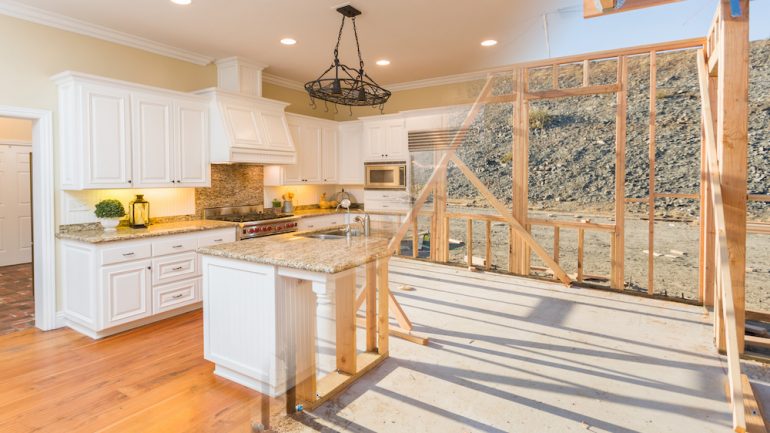Getting the keys to a freshly built house is exciting, but buying one requires the same steps as purchasing an existing home coupled with overseeing a construction project. Let’s take a look at what’s involved in buying a new construction home.
Should you hire a real estate agent?
When working with the builder’s sales agent, you will be asked to make a number of big decisions, so it helps to bring a real estate agent of your own. She can help you negotiate with the builder on price, features and upgrades of a new construction home so you get the most for your money. The builder usually pays your agent’s commission from his marketing budget rather than increasing your price to cover the cost.
An important point: Many builders will work with a buyer’s agent only if that agent is involved from the start.
Negotiating with the builder
It’s a myth that a buyer cannot negotiate with a new construction home builder. You can, even though the builder may resist at first. You or your agent must keep asking for reasonable concessions, either in price or by waiving the cost of upgrades.
Before you shop, get financing started
It is always best to get preapproval from a mortgage lender before you begin shopping for a new construction home. Get preapproved, not prequalified. That latter is a less meaningful, cursory process.
Builders often have preferred lenders for their customers and will offer you incentives, such as lowered closing costs or credit toward some upgrades, to get you to use them. You may decide ultimately to use the builder’s lender, but having preapproval with another lender helps you compare terms.
Is there a homeowners association?
Find out if your new construction home will be governed by a homeowners association (HOA). If so, membership is mandatory and requires you to comply with community rules designed to maintain home values. Ask about the annual dues, and review a copy of the by-laws and covenants in advance of closing.
Which floor plan and exterior?
If you are buying into a subdivision, there may be a single builder or a handful to choose from. Tour the models and gather literature. Compare the various house plans’ square footage, number of bedrooms and bathrooms, living areas and layouts. Compare exteriors to find the style you like best.
If you are buying from a custom home builder, take a look at plans and exteriors from his portfolio of homes. Or you can find your own plans and choose a custom builder. Get construction bids from at least three such builders. Custom builders will have more flexibility than tract home builders when it comes to modifying plans.
Choose your lot
In a subdivision, you will be shown a map of the available lots. If there are multiple builders in the development, each will have lots that they can sell you. The lot price may be built into the price of the home. There will be an upcharge for premium lots on corners or cul-de-sacs as well as lots that back up to a greenbelt. Lots with many trees often come at a premium, but be sure to ask how many of those trees will be cut down during construction.
The builder may designate what models can be built on each lot to prevent the same models from being built side by side.
You will have more flexibility If you are building a custom home on a lot or acreage you intend to buy. In this situation, you will need to arrange financing for the lot and home construction with your lender.
Modifications, features and upgrades
A tract home builder will allow some small modifications to the floor plan. He may even have optional variations already drawn up. With a custom home builder, you can make most changes you want, within reason.
Your builder may allow you to choose from features such as a butler’s pantry or wet bar. He may also allow exterior variations, such as adding dormers or selecting different front porch columns. Sometimes attic or basement spaces can be converted into extra bedrooms or more living space. Depending on how extensive these changes are, they may add an additional cost.
Upgrades involve choices of higher quality materials, such as stepping up from laminate to granite or quartz counters or from tile floors to hardwood. Upgrades may also be offered for plumbing fixtures, door hardware, stair railings and balusters, light fixtures, and outdoor additions such as patio kitchens. Each upgrade will add to the home’s price, but builders often offer a credit for some portion of an upgrade package. Or you and your agent can simply negotiate for a deal.
Important: Understand your warranty
Builders offer two types of warranties: implied and express. An implied warranty is more general and covers workmanship covered by local building code requirements. Express warranties are more specific to the components and systems of the house.
Typically, virtually everything in a new construction house is covered by a warranty in the first year. In years two through ten, major components such as the foundation, frame and roof are covered to varying degrees, often through a third party warranty company. The manufacturers of appliances and HVAC equipment provide warranties on those items.
Related – Choosing the Right Homebuilder for New Construction


